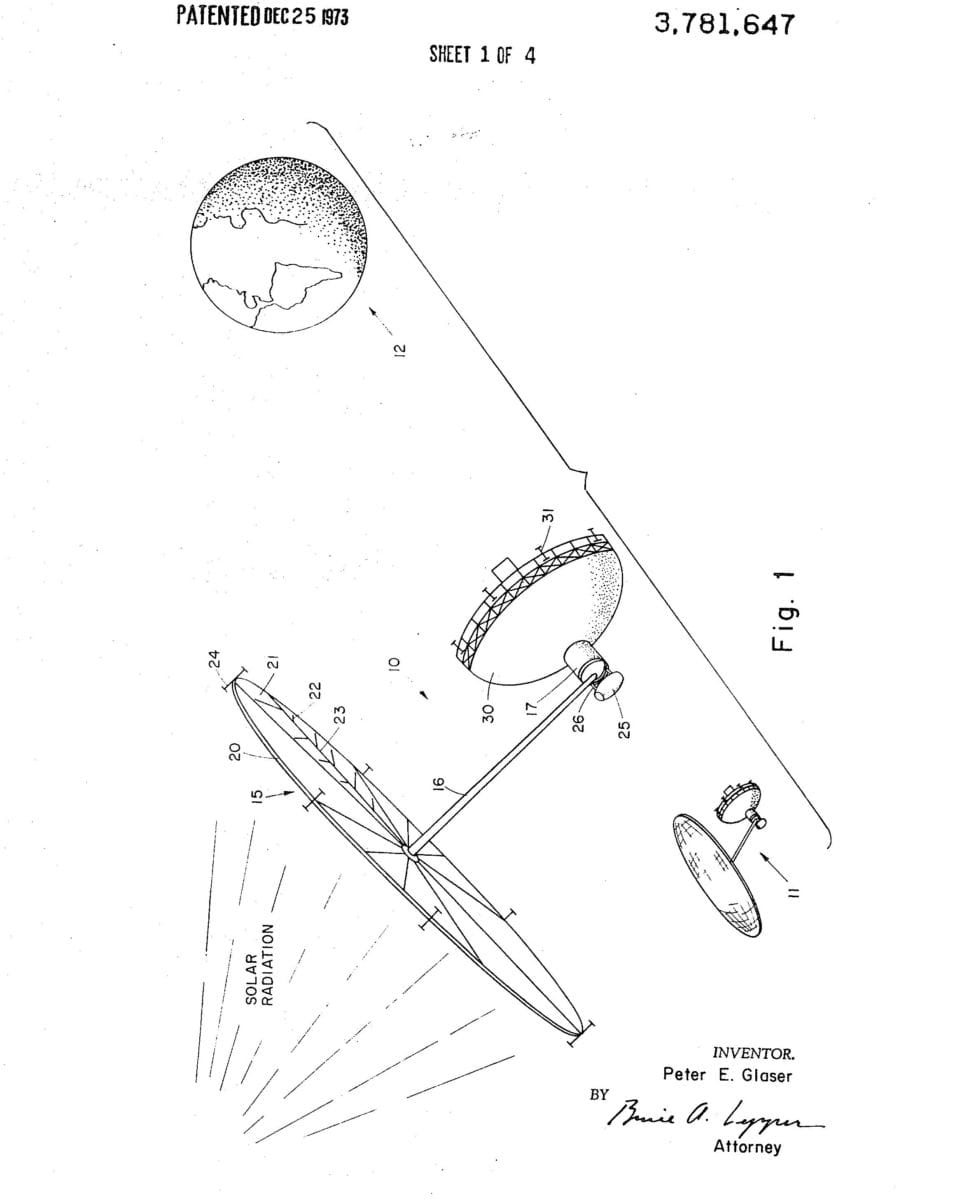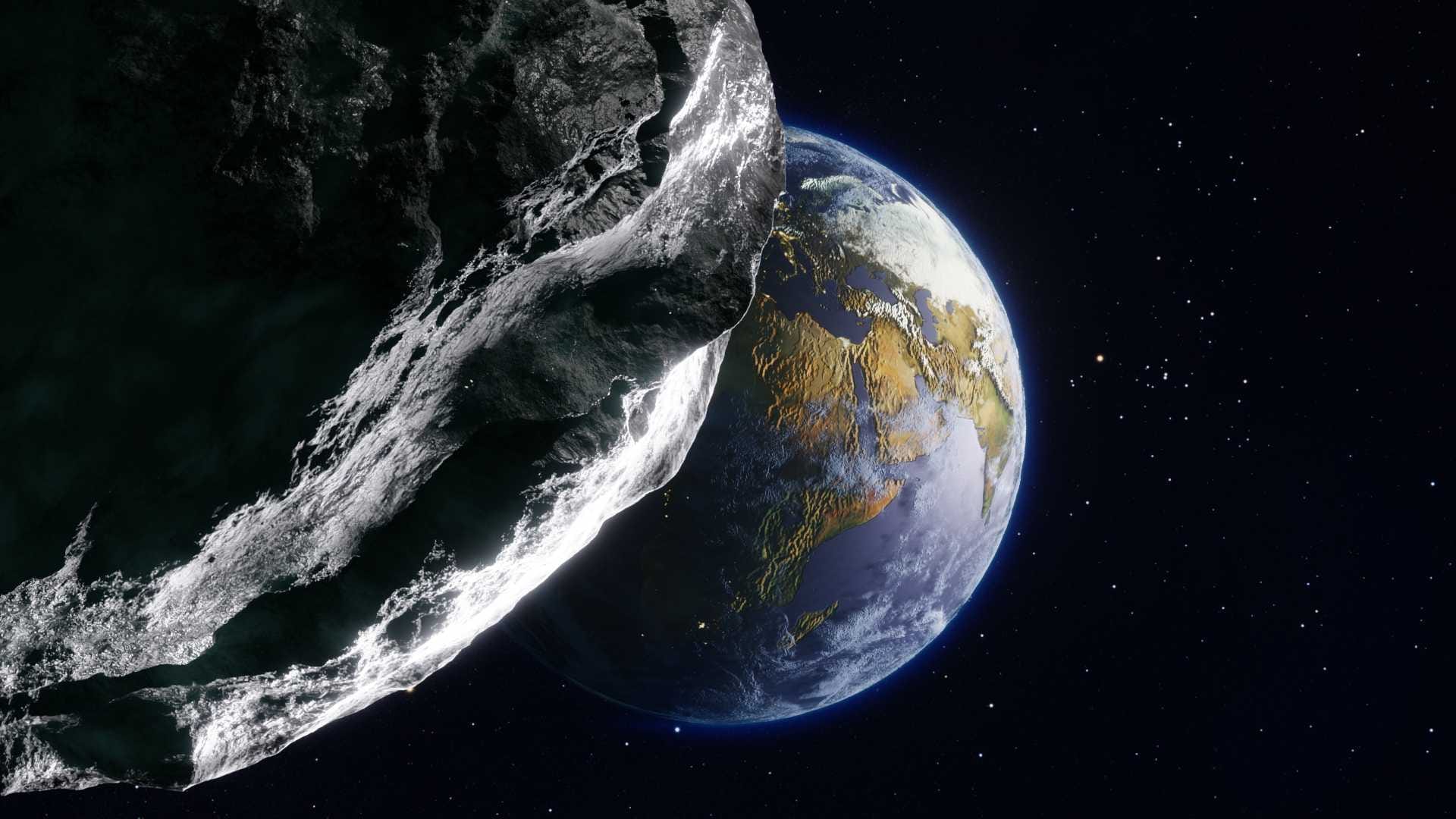The core idea behind space-based solar power is to build massive power stations in orbit, leveraging the fact that solar power in space is available permanently (no day-night cycle, clouds or shadow reducing solar yield) at a higher intensity than available on Earth.
Power is harvested continuously and beamed down to Earth using microwave power, which would give us GW-scale carbon-neutral baseload power.
The original idea, like so many others that are currently in development, stems from Isaac Asimov's work 'Reason' which was published as a short story in 1941. Subsequent work moved this idea from science fiction concept into the engineering realm, starting with a patent issued to Peter Glaser in 1968 and the inclusion of space-based power plants in the visionary architecture of Gerard O'Neill's High Frontier.
The last 20 years has seen a number of different ideas and archetypes in development, generally focused on reducing the upmass required as the primary bottleneck to close the business case for this idea.
While launch cost has come down, we believe the bigger opportunity is to leverage the appropriate material that is already available in space. Using space resources will allow us to reduce upmass by an order of magnitude, reduce complexity and allow for scale while avoiding the environmental impact of launching everything from Earth.




